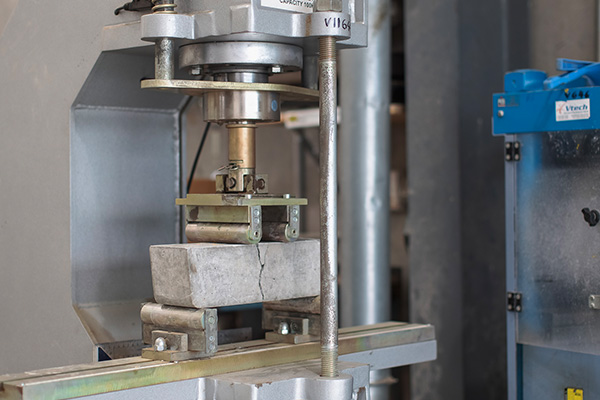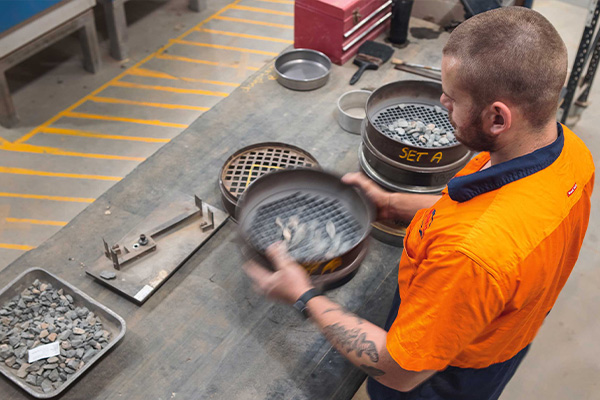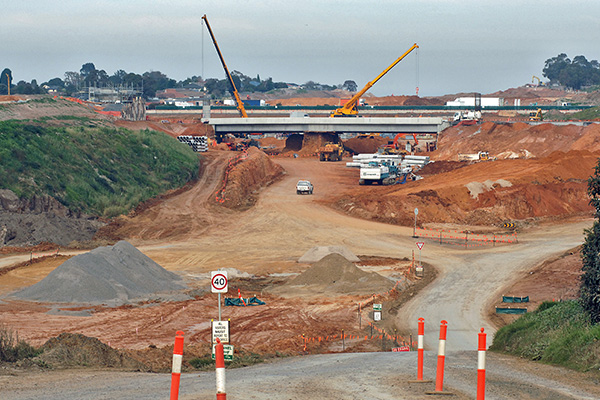In New South Wales, Transport for New South Wales (TfNSW) and the rail specifications provide guidance on the investigation and design of pavements for transportation infrastructure.
The investigation process typically includes a site visit to collect information on the soil and subgrade conditions, as well as the traffic loads and climate conditions of the area. This information is then used to determine the most appropriate pavement design and construction method for the site. The investigation also includes the assessment of the existing pavement condition, if any, and the evaluation of the expected traffic loads and environmental conditions.
The design process uses the information gathered during the investigation to determine the type of pavement, the thickness and type of materials, the drainage and the structural design. The design also takes into consideration the specific requirements of TfNSW and the rail specifications, such as the load carrying capacity, durability, and the environmental sustainability. The standards provide guidance on the materials, construction methods, and the quality control and assurance for the pavement design.


